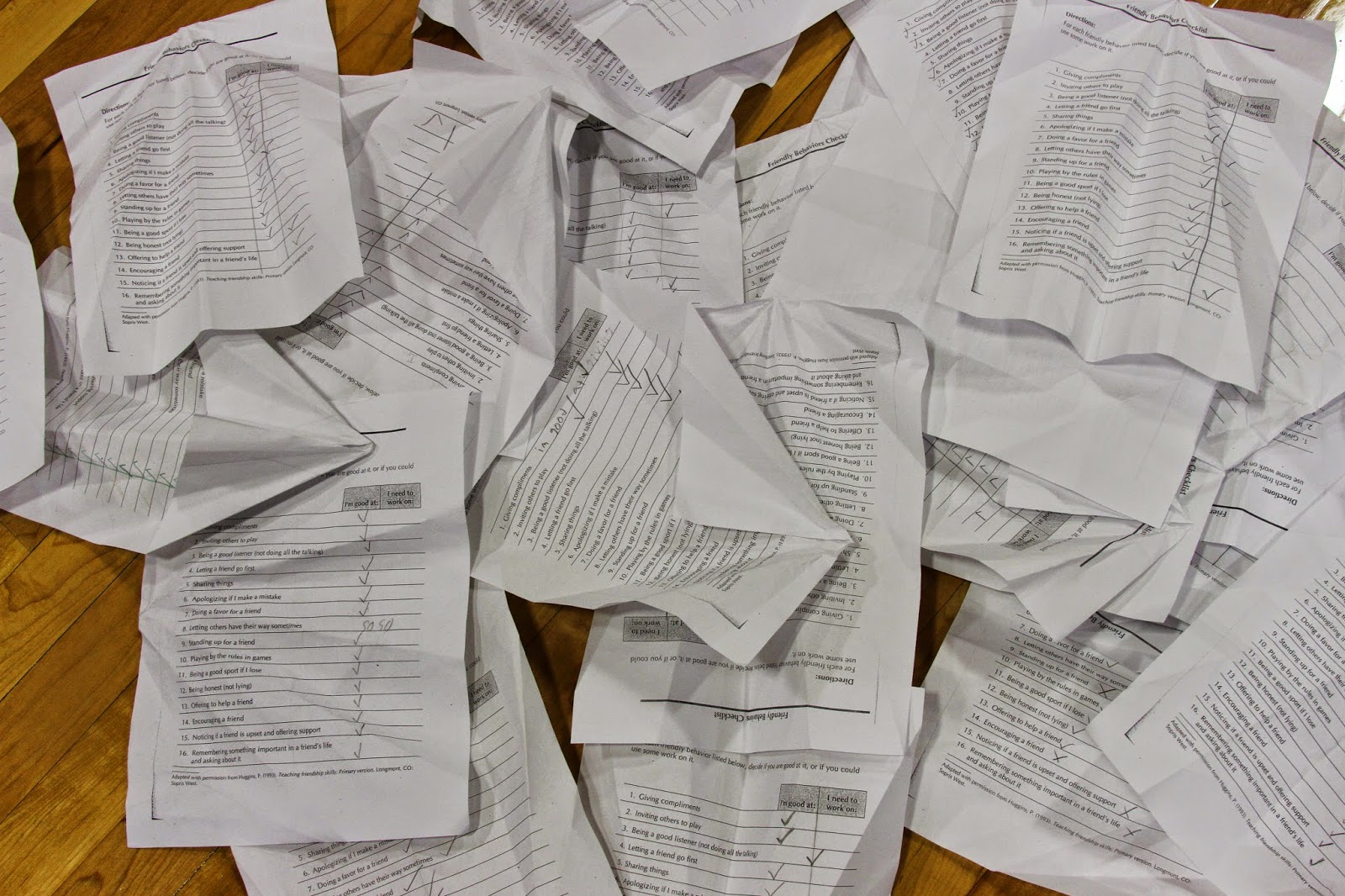As 2014 draws to a close and our students engage in the
Holiday festivities here at Berwick, I continue to be awed by their ability to
balance the excitement of receiving, with the joy of giving. I have seen
examples of empathy, caring and friendship in all of the grades, both on individual
levels as well as in school wide initiatives to give to those less fortunate.
Conversations with individuals or groups of students have focused very little
on what they want for themselves, but instead, on how they plan to spend
quality time with families over the holidays, or initiatives that they and
their families are undertaking to be sure that children in their communities
have enough toys and food.
The kindergarten students ran their annual hat and mitten
drive; the second graders made lovely ornaments for the Unified Arts teachers
(thanks to a wonderful parent who provided the supplies and assistance), and the
third Graders’ food drive yielded over 500 items for the South Berwick food
Pantry! More recently, they invited their parents to assist with the design and
architecture of the most amazingly decorated gingerbread houses I have ever
seen.
But I have to say
that the most anticipated annual 4th Grade yard sale gave all
students the opportunity to buy new or gently used toys and books with the money
donated to a charity of the 4th Graders’ choice. This incredibly fun
event allowed me to witness the sensitivity of our 4th Graders as
they helped our little ones to pick out gifts for their family members and/or
themselves! The highlight of the event for me was helping a pre-K youngster pay
for and carry a wooden house he bought for a classmate who wanted to buy it but
had forgotten to bring his money!
In SEL classes, we talked about what we would be doing over
the holidays and if anyone thought they might be receiving gifts. All raised
their hands with delight, until I asked the dreaded question: “What would you
do if you received a gift that you didn't really like?” It didn't take very long
for many of them to respond that they would express gratitude toward the giver,
appreciating the time and thought involved in selecting or making the gift.
Even our youngest students were able to articulate the importance of gratitude
and how it makes others feel to be appreciated for their efforts. Listening to
these thoughtful and heartfelt responses confirmed once again all that their
parents and caregivers do to instill the concepts of kindness and empathy. Your
devotion to both their academic as well as social emotional wellness is
inspiring.
After our lesson, the students worked diligently making
ornaments, sharing their excitement regarding who would be the recipient of
these handmade treasures! Once again, no talk about what they hoped for for
themselves, but what they could make and do for family and friends!
I know that I speak for Marilena and all of the faculty and
staff in the Lower School in thanking you once again for your unending support
and for instilling kindness and compassion in your children. We wish you the
happiest of holidays and look forward to seeing you all in 2015!









